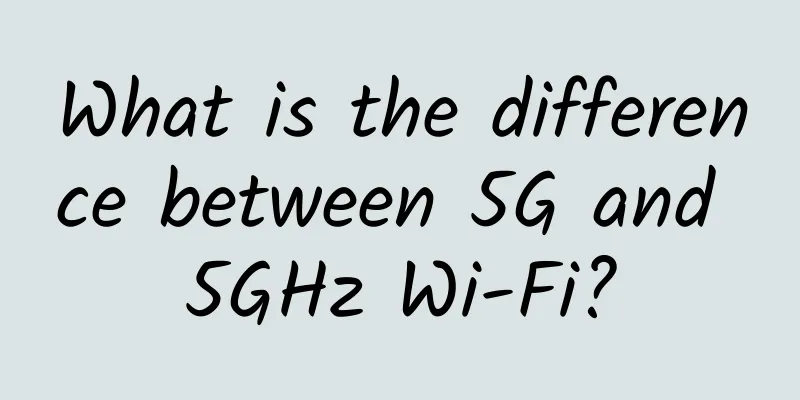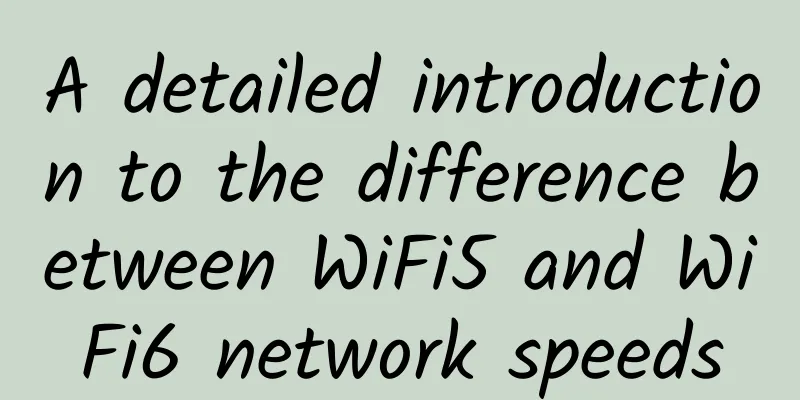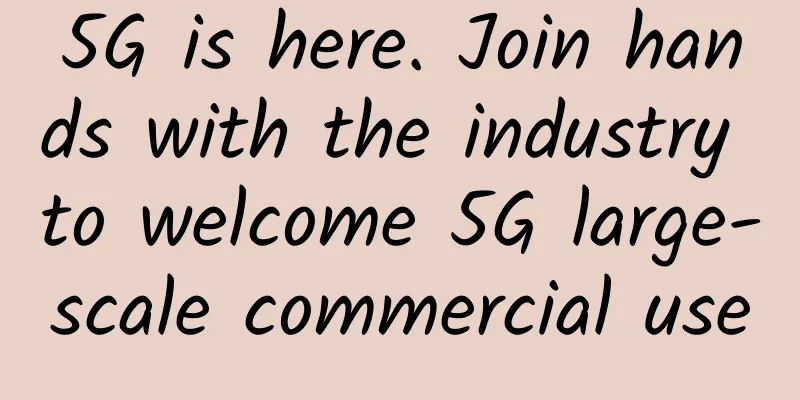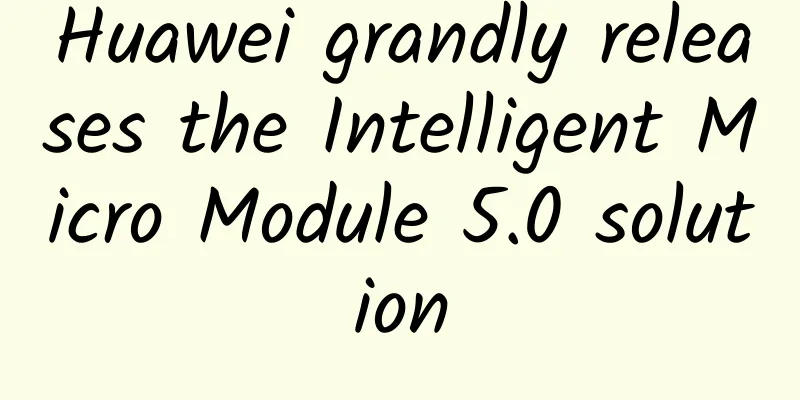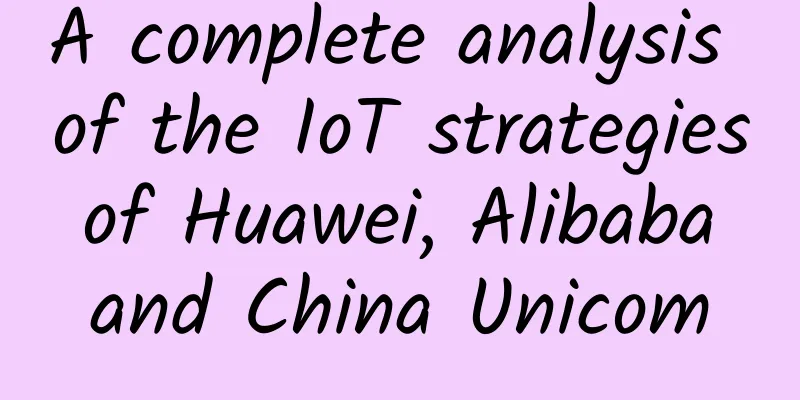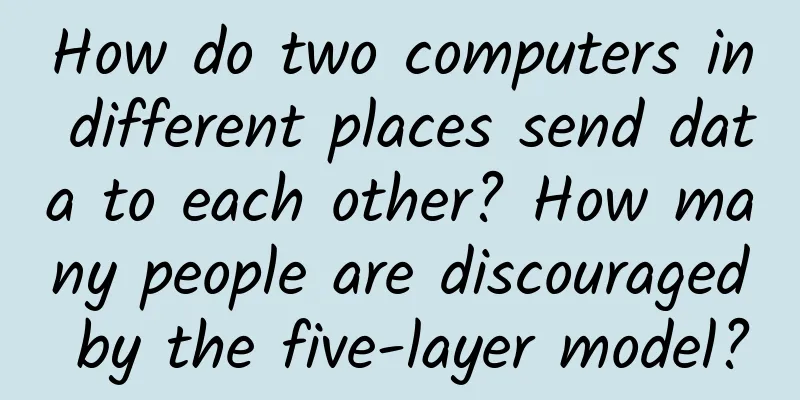Apple Pay enters China: Alipay and WeChat face off
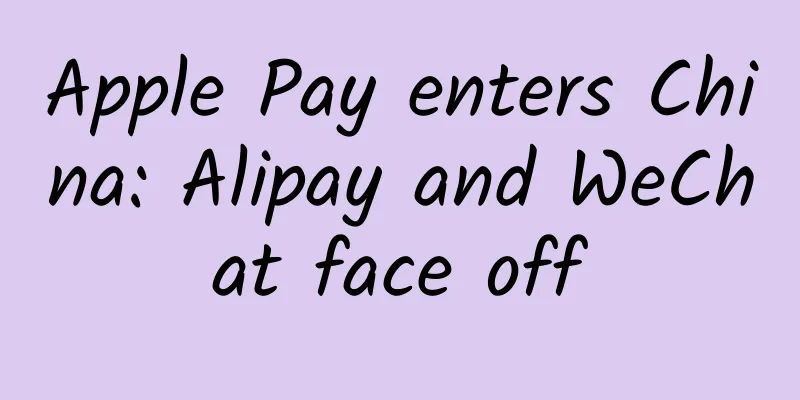
|
ApplePay On February 18, Apple Pay officially landed in China. From a technical perspective, the era of "physical card + old confirmation method" (such as confirmation through SMS verification code, phone call, U shield, IE security control) is gone forever. On February 17, the words “Apple Pay, See U Tomorrow” appeared on the China Merchants Bank App, and banks such as China Construction Bank and China Guangfa Bank have also announced through official channels that Apple Pay will be officially launched in the early morning of February 18. The essence of Apple Pay = swiping cards, except that the mobile phone is used instead of the physical card, and Touch ID is used instead of the signature. From a technical point of view, Apple Pay integrates NFC antenna and security chip in the mobile phone, integrates the bank's dynamically encrypted information into the security chip through the air card issuance process, transmits transaction information through NFC and completes payment. It is equivalent to loading a bank card in the mobile phone security chip, which is exactly the same as swiping a bank card. Apple Pay relies on the integration of the underlying iPhone system, and its convenience is unmatched by Alipay. The steps for Alipay QR code payment are: take out your phone, unlock it, open the Alipay app, wait for the welcome animation, enter the interface with your fingerprint, open the QR code, and finally scan the code at the merchant. Although this process has been greatly simplified, it still takes about 8-10 seconds. As for Apple Pay, take out your phone, bring it close to the POS machine, the screen will light up automatically, and then you can confirm with your fingerprint. The time can be shortened to 2-3 seconds. I guess the difference between the two experiences is probably the same as the difference between wired charging and wireless charging. Another difference is that Apple doesn't know how much you spent, where you spent it, or what you bought, and is not involved in any part of the transaction. As a complete third party, Apple only provides a "pipeline" to realize information transmission. Settlement is still a matter between merchants and users, and the corresponding data will not be stored on Apple's servers. Apple encrypts this information and keeps it locally instead of in the cloud. Specifically, Apple uses the "Tokenization" technology to convert bank card information into a string (Token) and store it in the phone. Every time a user makes a payment, the phone uses the Token to generate a random token and a set of dynamic security codes and sends them to the bank. The bank then restores it to a bank card through the Token service and sends back the authorization to complete the payment. From the hardware point of view, the chip is divided into a secure area and a normal area. The secure area that stores bank dynamic information is actually an "enclave" in the chip, which is isolated from other parts of the chip and cannot be accessed without user authorization, thus ensuring the security of sensitive information. In addition to being able to pay with UnionPay POS, Apple Pay can also realize another function of bank cards: withdrawing money. According to CCB, after binding a bank card, Apple Pay's "contactless withdrawal" function can allow the Apple terminal to completely replace the bank card and withdraw money at the ATM. Compared with Alipay or WeChat Pay, which require an Internet connection, Apple Pay can operate without an Internet connection. This is not difficult to understand. Think about it, the card itself does not need an Internet connection, and the information exchange is completed through the magnetic stripe. However, Apple Pay requires both parties to have NFC hardware devices, which will restrict the promotion of Apple Pay. "Payment is an industry with very low profits, and bilateral activation on both the consumer and merchant sides is the key. Google Wallet has done well on the consumer side, but the merchant side cannot keep up; Square is the opposite. Whether Apple can achieve dual activation of merchants and consumers is the key to whether Apple Pay can be popularized." said He Dayong, managing director of Boston Consulting Group. An executive of a bank told 36Kr that one of the four state-owned banks also wanted to engage in mobile payment and even prepared free mobile phones for users. When users received the mobile phones, they asked, "Where can I spend money with this phone?" Merchants also asked, "You can let me modify the POS machine, but where are my users?" In the end, it became a dead end of "which came first, the chicken or the egg?" and ended in failure. In the United States, Google Wallet, which is similar to Apple Pay in functionality, was launched with great fanfare, but lacked support from operators and hardware manufacturers. Google itself is an Internet company that provides an open source system and has no control over hardware manufacturers, while NFC emphasizes terminal support. In addition, NFC involves the interests of operators and card organizations, and Google lacks control over the industry chain, which led to the failure of Google Wallet. In contrast, Alipay and WeChat, which are independent systems, are not involved in the complex industrial chain of mobile phone manufacturers, operators, and payment institutions. They connect more users and merchants through life service platforms, have strong operation and promotion capabilities, and maintain extremely high user stickiness. Currently, Apple Pay can only be used on 6 million POS machines (please look for the "QuickPass" logo). These 6 million machines account for 60% of all existing POS machines. According to the deployment of the central bank, by the end of May 2017, all POS machines in China will have completed the transformation from magnetic card to contactless IC card, and all POS machines will support NFC. For Apple, Apple Pay enriches its ecosystem and becomes its "moat". Once Apple Pay boosts Apple's mobile phone sales, larger mobile phone manufacturers will follow suit. In 2013, Apple took the lead in launching the fingerprint function, which has become the most indispensable function for many people, and this has also formed a competitive advantage. UnionPay attempts to “regain lost ground” With the support of Apple Pay, UnionPay will undoubtedly expand its influence in mobile payments. In addition to Apple Pay, UnionPay is also trying to cooperate with Huawei, Xiaomi and other mobile phone manufacturers. Various mobile phone brands' "Pay" will rely on the UnionPay platform to squeeze into the mobile payment trend. At that time, a combination of "smartphone + NFC + financial IC card" will be formed to compete head-on with WeChat Pay and Alipay. In recent years, Alipay and WeChat have been conquering the market, expanding offline transaction scenarios, building mobile payment channels, and snatching the "cheese" of traditional financial institutions. In the past competition, China's only bank card association and inter-bank transaction clearing agency, UnionPay, was basically on the defensive, helplessly watching the increasingly "disintermediation" development of third-party payment and growing into another market force for inter-bank transaction clearing. Dong Junfeng, deputy general manager of the Internet Finance Department of Bank of China, believes that the advantages of QR code payment of Alipay and WeChat are that they have the lowest threshold for consumers. From the perspective of merchants, QR code payment can be easily bundled with local coupons through preferential means such as group buying promotions. From the perspective of banks and UnionPay, QR code payment completely bypasses UnionPay in the clearing system, and data control is basically controlled by a single payment institution, which has cannibalized the business of the original UnionPay and bank acquiring networks in the acquiring market. China's mobile payment market has formed an oligopoly, with Alipay and WeChat Pay accounting for more than 80% of the third-party mobile payment market share; in the third quarter of 2015, about 190 million active users used Alipay as a mobile payment tool, and WeChat Pay, which ranked second, also had more than 150 million active users. Traditional financial institutions, including UnionPay, are absent from this position. The cooperation model between UnionPay and Apple is similar to that between Apple and card organizations in the United States. It does not destroy the original relationship between the issuing bank, acquiring bank and card organizations. Apple has been firmly cooperating with UnionPay from the beginning, not replacing UnionPay. Alipay is essentially an online payment, but the transaction is online and the service is offline, which is inseparable from the network environment. Yinlianxiang seized this weakness of Alipay and took offline payment as a breakthrough. Mobile payment based on NFC can be completely separated from the network environment and make people feel safer. The war between UnionPay and Alipay is, in a sense, also a battle between NFC and QR codes. Chen Jianwei, co-founder of China Telecom's payment business, once said that NFC payment can help UnionPay regain a lead in the mobile payment field and "get back to the same starting line with Alipay." Li Xiaofeng, director of the Financial IC Card Leading Group Office of the Central Bank, believes that NFC will be a strong competitor to QR code payment. He said that NFC payment relies on bank cards, which are strong real-name accounts, while QR codes rely on third-party payment accounts, which are weak real-name accounts and are not protected by law. In addition, third-party payment transactions are not connected to the central bank's payment and clearing system and cannot be cleared nationwide, but can only be traded bilaterally, which compromises the security of QR code payment. "QR code can only be used in the field of small-value payments, not large-value payments." UnionPay lags far behind in the small-amount, high-frequency market. Now, vendors as small as vegetable and fruit stalls have accepted Alipay or WeChat. Apple Pay cannot penetrate these merchants that do not use POS machines, because purchasing a POS machine costs thousands of yuan, and it is difficult to operate and has a high learning cost. It is far better to buy a cheap smartphone yourself. From this point of view, Apple Pay is actually entering into UnionPay's existing market and has not generated any incremental growth. To attract users, you need to spend money in addition to convenience. Moreover, competing for users requires real money. Alipay and WeChat Pay are willing to spend money to provide users with subsidies and cash back to increase the opening rate. It is difficult for Apple to win just by relying on convenience. Not all merchants are motivated to guide cardholders to use Apple Pay, unless Apple Pay has subsidies or bundled coupons like Alipay's QR code payment to win the support of merchants at the checkout counter. A ready-made example is that Apple once integrated all coupons, membership cards, and boarding passes into one app, named Passbook, in an attempt to save users the time of opening other apps, but it was always useless and many users did not buy it. The key was the lack of scenarios and usage habits, and users did not think of using Passbook first. And this usage habit was cultivated with real money. To use Apple Pay in China, the minimum requirement is to own an iPhone 6. Apple Watch needs to be paired with an iPhone 5 or later to pay in stores, while iPad only supports online payments. As a result, Apple Pay's user base is restricted to owners of new Apple mobile phones, and users who constantly update their iPhone versions are mostly young Apple fans. The population is inherently narrow, and the spending power and credit card penetration rate of this group are also a problem. If Apple Pay doesn't spend money on promotion, will it become useless like Passbook? |
<<: Riverbed officially releases SaaS solutions for on- and off-cloud
>>: The past and present of AlphaGo
Recommend
CloudSilk VPS in Tokyo, Japan is now online, with annual payment of CMI for three-network backhaul starting from 360 yuan
CloudSilk has launched a VPS host in Tokyo, Japan...
Kvmla: VPS hosts are 20% off, old users can get 100 yuan for 500 yuan, Singapore dedicated servers start from 350 yuan/month
Kvmla has launched a year-end and 2024 New Year p...
10 questions to ask during TCP protocol interview
First show the mind map of this article TCP, as a...
Follow WeChat! Weibo launches new emojis: they can also “split”
Weibo and WeChat are two well-known social platfo...
Keda releases global perception trinocular camera | one device can do three things
In all kinds of safe and bright construction For ...
What is the difference between enterprise Wi-Fi and home Wi-Fi? | These 5 points will help you understand
With the popularity of smart terminals, people ha...
Linux TCP/IP protocol stack, data sending and receiving process, TCP protocol characteristics
It is no exaggeration to say that today's Int...
Ministry of Industry and Information Technology: Plans to build 600,000 new 5G base stations in 2021
On January 26, the State Council Information Offi...
「Product News」Interpretation of Dataphin's real-time R&D of batch and stream integration
background Every time the bell of the Double 11 g...
3 Types of Wireless Network Site Surveys and How to Perform Them
Designing and maintaining a network is complex, b...
Benefits of Fiber Optic Networks: Learn What It Is and Why It Matters
As streaming, remote work, and online education t...
Interviewer: What is the DNS protocol? Can you describe the complete DNS query process?
[[400343]] This article is reprinted from the WeC...
GSA identifies 4G/5G private network deployments in 40 countries
London, UK, May 17, 2021 - The Global Mobile Supp...
How 5G can help realize massive IoT
When discussing the coming 5G era, attention is o...
Bluetooth, WiFi and Zigbee: Which wireless technology is better?
Wireless technology is all the rage these days! F...

